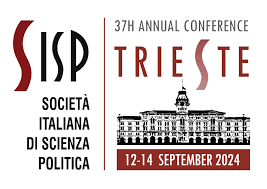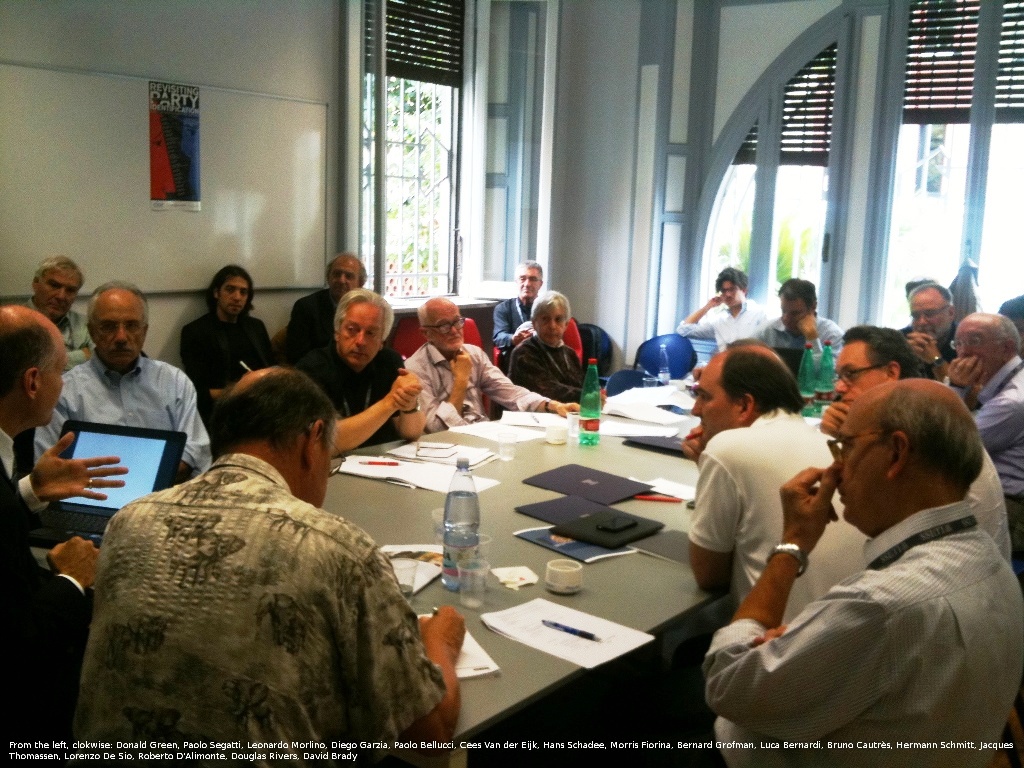This year, the annual conference of the Italian Political Science Association (SISP), the most important event for political science in Italy, will take place from September 12 to 14 at the University of Trieste.
The conference will feature a dedicated panel on the POSTGEN project. This panel will be a key moment for discussion, presenting the project’s initial results, its innovative research design, and some of the important methodological innovations it has introduced.
The panel is scheduled for: Friday, September 13, at 9:00 AM in Room 4C (BUILDING H2BIS – 4th floor – Via A. Valerio n.12).
Matteo Boldrini
The POSTGEN 2024 Summer Meeting
On July 23rd, the University of Florence hosted the summer meeting of the POSTGEN project.
The meeting provided an opportunity for all project members to discuss the progress of the project, analyze preliminary results, and plan future activities.
After the leaders of the various work packages reported on their activities, the research team members discussed the preliminary findings from the qualitative interviews and the school survey.
Finally, the group discussed the next steps to be taken to complete the research.
New postdoctoral researcher joins POSTGEN
Data collection on influencers is completed
This effort gathered all content produced by leading non-political influencers (selected based on their engagement), as well as major political figures and mainstream media, across major social media platforms (Facebook, Instagram).
The POSTGEN mass survey has started
Data collection in schools has completed
The data collection phase that started in autumn 2023 concluded in May 2024. This phase covered approximately 20 secondary schools across Italy, involving around 1,000 students.
It provided not only the survey results but also valuable qualitative field notes on how students received the questionnaire and how they perceive and attribute meaning to key political concepts.
The 2024 POSTGEN Spring mixed-methods convergent assessment meeting
To ensure seamless integration between these methods, an initial interim meeting was held today—conducted online—where preliminary results from the in-depth interviews were presented.
The findings from this meeting will be used to refine the dimensions to be explored in the upcoming survey of the general population, which will take place during the 2024 European elections.
New postdoctoral researcher joins POSTGEN
Starting in March, Asia Leofreddi has joined the POSTGEN project as a new postdoc! She will be part of the “In-Depth Interviews” work package, where she will conduct interviews with young people and young adults to understand the meanings they attribute to their political reference points.
Data collection in schools has started
The POSTGEN project includes conducting interviews with secondary school students to study their initial understanding of political concepts and meanings. The core of this phase is a survey administered electronically to entire classes using an innovative, gamified questionnaire. This design aims to engage students with familiar communication styles and provide feedback on their political orientation. The survey began in the autumn of 2023 and will cover approximately 20 secondary schools, involving about 60 classes and 1,200 students.
Data collection on influencers started today
To examine generational patterns of de-ideologization, the POSTGEN project aimed to collect data on social media activity from both political and non-political influencers, as well as traditional media actors.
Starting in the fall of 2023, data collection on social media is beginning, aimed at compiling a list of the most active influencers and analyzing the content of their activity.
Data collection will continue until the summer of 2024.







